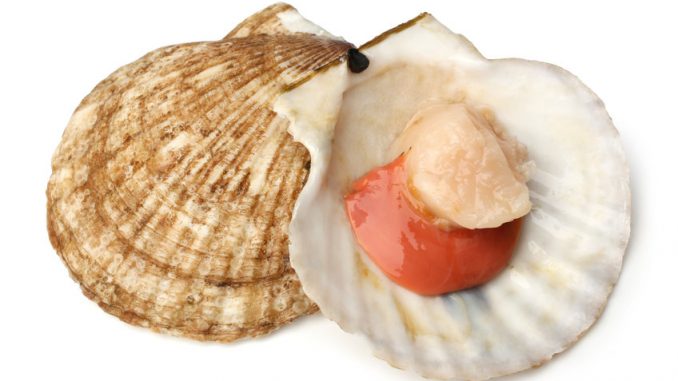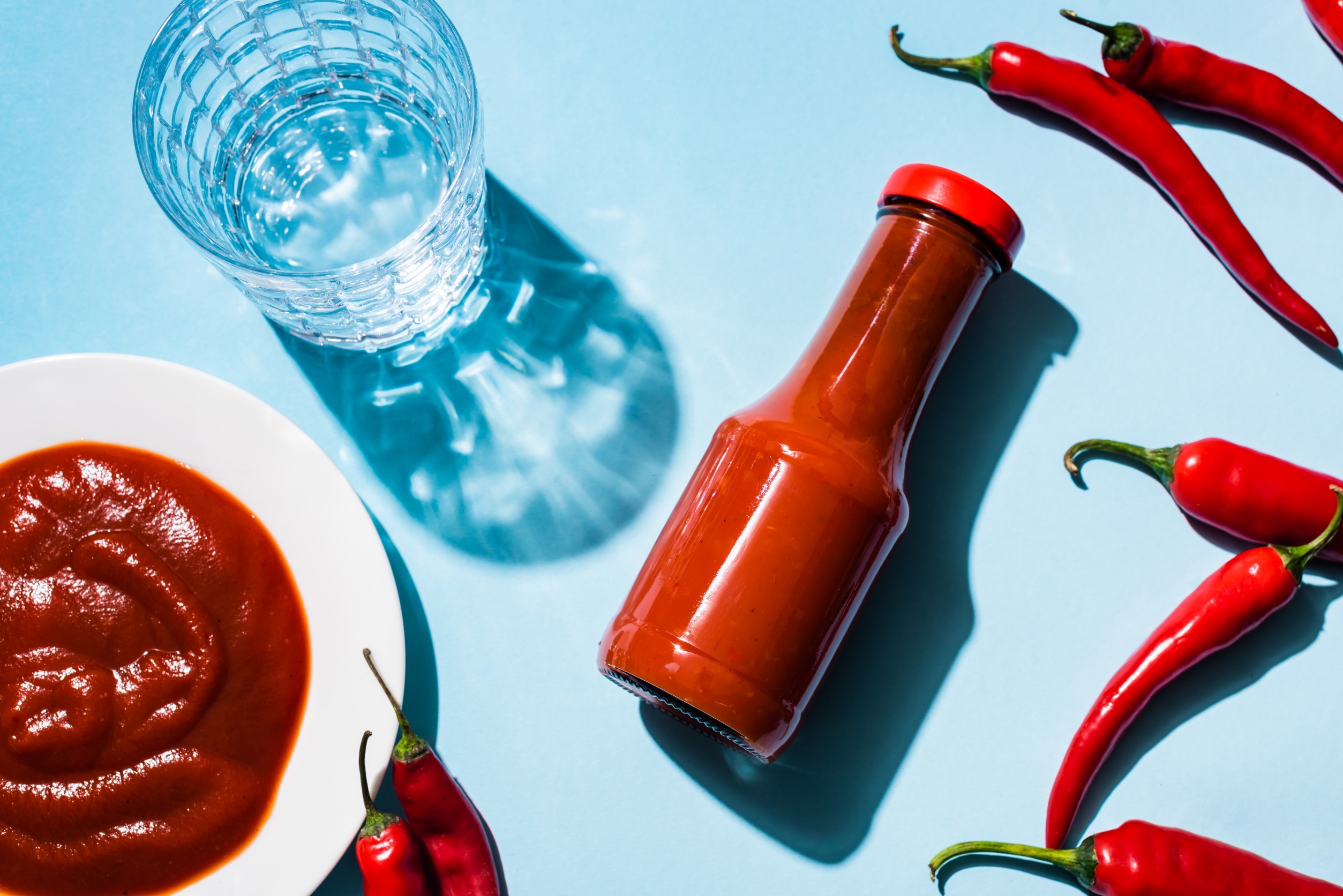
The roe of any seafood mollusc makes for a good sauce usually to accompany the seafood from which it was removed. Scallops usually have a roe which is the orange-red fringe that you find when the scallop is opened up after cooking. To prepare this type of sauce just remove it prior to cooking as part of the prepping stage. This particular sauce has been flavoured with tarragon which is a classic herb for seafood dishes but it can be added to by cooking up some shredded leek too and incorporating it into the mix to really deliver a punch.
This sauce is often described as a coral sauce or scallop roe sauce and would make the ideal partner to steamed and poached scallops and baked scallops, and for steamed or baked fish such as halibut, John Dory and turbot.
[Please note we are an affiliate marketing partner and will make a sales commission if you purchase any items through our affiliate links. Please read our affiliate disclosure]
Equipment:
- a 3-pt heavy bottomed and enamelled saucepans, stainless steel pans or copper-lined saucepan.
- small saucepan
- food processor or food blender
- wooden spatula or spoon
- wire whisk
Ingredients:
- 100g butter
- 1 Tbsp. extra virgin olive oil
- 1 clove garlic, finely sliced
- pinch of salt flakes
- freshly ground black pepper
- 2 sprigs tarragon, picked
- 60ml dry vermouth or a dry white wine
- 100g creme fraiche
- 1 Tbsp lemon juice
Preparation:
- Add 40 grams of butter and a splash of oil to a small pot. Add the garlic, season with salt and pepper and cook very slowly until softened, but not coloured – about 20 minutes.
- in a small saucepan over high heat, quickly sauté the roe in the remaining butter, season, add a splash of vermouth and bring to the boil. Immediately tip into a blender or a food processor and blitz with the creme fraiche. Add a squeeze of lemon to add some extra acidity.
Here’s an estimated breakdown of the nutritional values for the recipe per 100 grams. Keep in mind that these values are approximate and can vary based on factors like portion sizes and specific brands of ingredients used.
Nutritional Values per 100 grams (Approximate):
- Calories: Approximately 500 – 600 calories
- Protein: Approximately 1 – 2 grams
- Total Fat: Approximately 50 – 55 grams
- Saturated Fat: Approximately 30 – 35 grams
- Cholesterol: Approximately 130 – 150 milligrams
- Sodium: Approximately 150 – 200 milligrams
- Carbohydrates: Approximately 4 – 5 grams
- Fiber: Approximately 0 – 1 gram
- Sugar: Approximately 2 – 3 grams
Please note that the nutritional values are primarily influenced by the butter and creme fraiche in the recipe. The olive oil, garlic, tarragon, vermouth or wine, and lemon juice contribute to the overall flavor and aroma but may not significantly affect the nutritional content in a 100g portion.
Keep in mind that these values are rough estimates based on the provided ingredients.

Leave a Reply